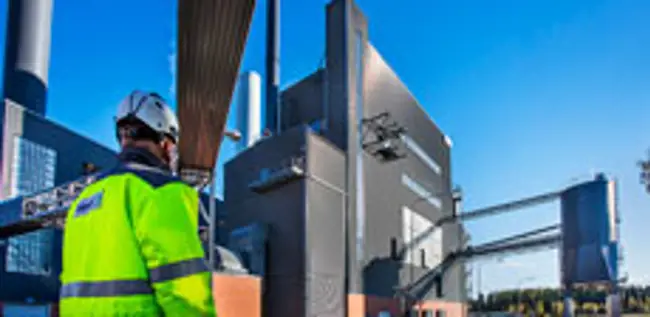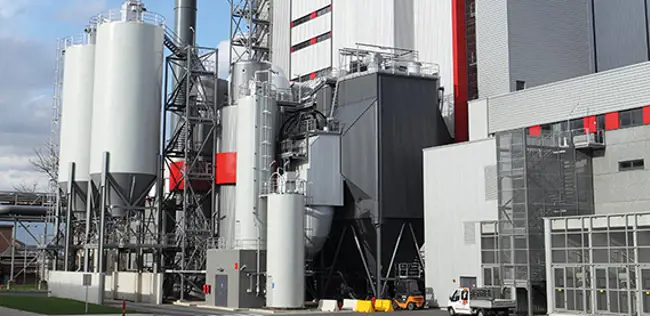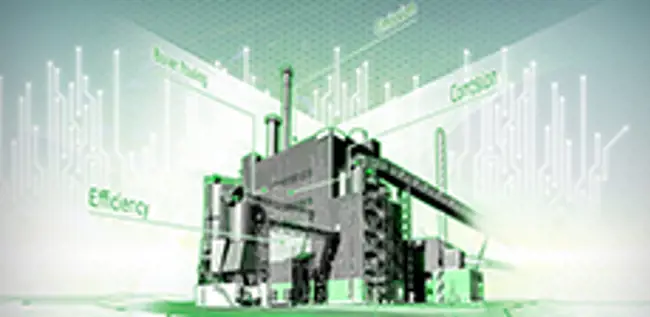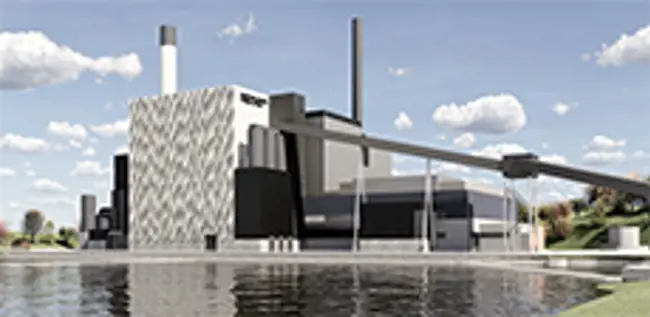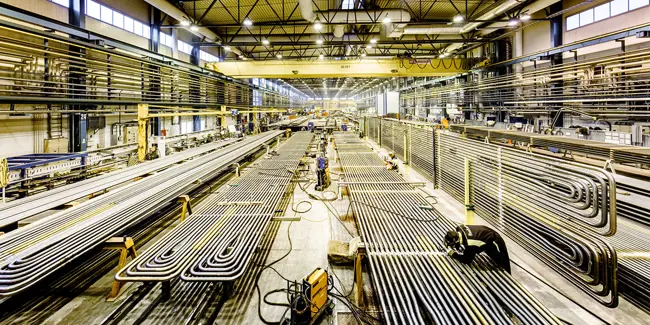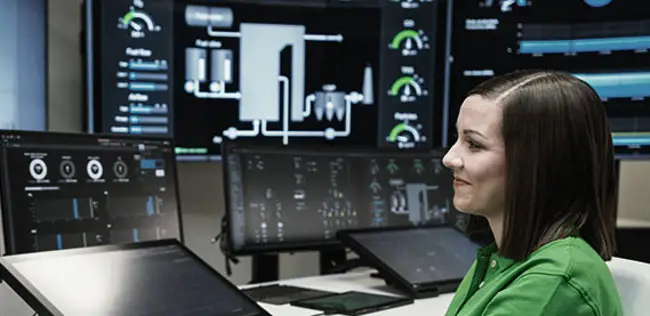Leading the way toward carbon neutrality
Apr 24, 2024
Since the start-up of the Naistenlahti 3 plant, Tampereen Energia has more than halved CO2 emissions from its total energy production. The new plant is also unique since it pilots partial bed combustion, which is now available for the CFB boilers to boost flexibility in their production structure.
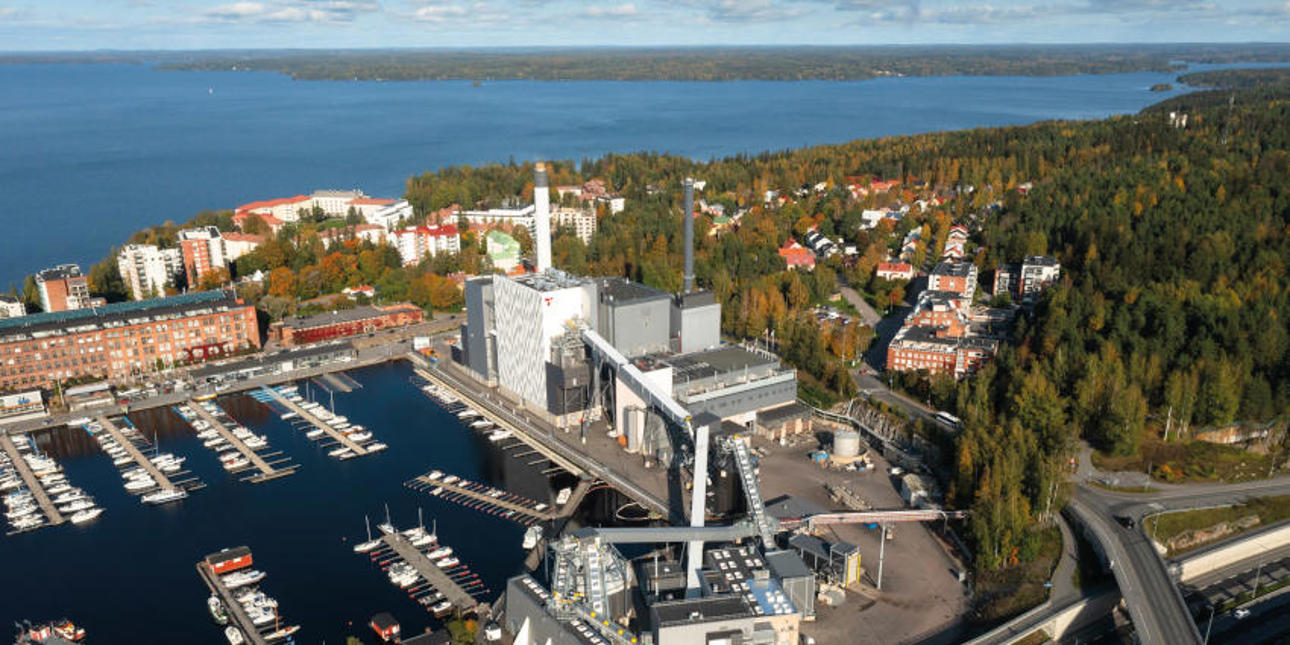
“Well planned is half the job” has again been proved right. Fitting the new Naistenlahti 3 combined heat and power plant unit onto a postage-stamp-size lot between an existing unit and Lake Näsijärvi in Tampere, Finland, called for meticulous planning and scheduling.
“The project was a true feat of engineering by Valmet. With a workforce of more than 500 people, several other suppliers, a running power plant on the same lot with incoming fuel trucks, a storage unit of building materials, the Covid-19 pandemic, and the effects of the war in Ukraine on material availability and costs, the project was demanding, and there was a lot to manage,” says Antti-Jussi Halminen, Senior Vice President, Strategic Investments and Operations at Tampereen Energia.
The company produces heat, cooling and electricity in its power and heating plants in the Tampere area and is one of Finland’s largest producers of district heat. The modern energy group took a turn toward sustainable energy production in 2010 and has since systematically used more and more renewable energy sources. Its goal is to decrease its CO2 emissions by 95 percent by the end of 2030.
A true showcase of Valmet technology
Started up in late 2022, the new Naistenlahti 3 biopower plant replaced the existing Naistenlahti 2 boiler plant, which had reached the end of its technical life. Valmet’s EPC delivery included a Valmet CFB Boiler utilizing circulating fluidized bed technology, a boiler house and complete auxiliary process systems from boiler fuel silos to the stack, as well as the electrical building for E&I cabinets and the bag house filter on top of it.
Smooth operation with plant-wide Valmet DNA Automation System
Valmet’s automation technology is widely used throughout Tampereen Energia’s plants. Naistenlahti 3 now features a Valmet DNA Automation System equipped with a Valmet DNA User Interface, information management calculation applications for emissions monitoring and reporting, safety-related systems, and a Valmet Training Simulator.
The partial bed operation on the boiler has further boosted our production flexibility.
To further improve its performance through better data utilization, the power plant has a remote connection to the Valmet Performance Center and several Valmet Industrial Internet (VII) solutions. They include a reliability solution to improve plant availability and support maintenance planning with tools such as the Valmet DNA Condition Monitoring application. Self-service analytics tools in turn enable efficient process studies and data visualization. Additionally, Valmet DNA Plant Performance Monitoring provides an overview of the process’s performance and key parameters. Valmet PlantTriage, a control loop optimization solution, identifies hidden issues and their root causes.
 |
“At Tampereen Energia, we’re always interested in new technology when it benefits us,” says Antti-Jussi Halminen, Senior Vice President, Strategic Investments and Operations at Tampereen Energia. |
A full-scale low-load combustion pilot
In recent decades, Tampereen Energia has often provided a technology test platform for Valmet’s R&D, and this fruitful cooperation continued during this project. At the Naistenlahti 3 plant, Valmet piloted its new concept for low-load combustion in a CFB boiler. To date, this operation mode has only been available for bubbling fluidized bed (BFB) boilers.
By being able to run a large plant with a low load, Tampereen Energia can avoid the use of its smaller heat plants.
In the new concept, the furnace bottom is divided into separately controllable windboxes, allowing fluidization closure in some areas. “By reducing the fluidization area, it’s possible to minimize the primary airflow while maintaining sufficient fluidization and pressure drop. Having less primary air increases bed temperatures and improves the control of NOx, unreacted NH3 and CO emissions,” explains Juha Hiljanen, CFB Product Engineer, Valmet.
Automation is designed to mitigate the risk of agglomeration and back-sifting in partial bed operation mode. In this case, the primary air fan minimum load sets a limit for reducing the boiler’s minimum load. “In principle, it’s possible to achieve an even lower minimum load with dedicated design of combustion air and recirculating gas ducting,” Hiljanen adds.
Partial bed operation increases flexibility
“At Tampereen Energia, we’re always interested in new technology when it benefits us,” Halminen points out. “As our new boiler has about 10 percent higher capacity than our old BFB boiler, and as a CFB boiler typically features a higher minimum load than a BFB boiler, we were faced with a higher minimum load than before. We wanted to know whether we could reduce the minimum load to increase flexibility in our production structure in the spring and fall, when the need for district heat varies a lot because the temperature varies throughout the day. We were also interested in extending the running time during these seasons, as a higher minimum load would have restricted the running time.”
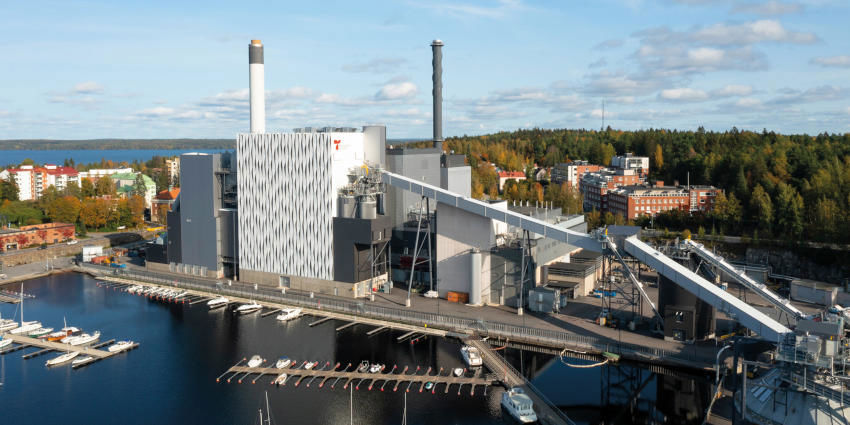
In the Tampereen Energia’s Naistenlahti 3 plant design, special attention was paid to the architecture, for example, the lake facade features a multiform aluminum profile.
At Naistenlahti 3, the minimum load without the partial bed structure was initially 40 percent of MCR (maximum continuous rating). In the tests carried out by Valmet in the spring of 2023, the boiler load was 22.5 percent at its lowest – nearly half the original minimum load. All emissions limits (NOx, NH3 slip, CO) have been achieved.
By being able to run a large plant with a low load, Tampereen Energia can avoid the use of its smaller heat plants that use natural gas or heavy oil as support fuels. “We entered the partial bed combustion pilot because this concept provides us with a financial benefit through production structure optimization. Our energy market department continually calculates our production costs to determine which of our plants will be run. Currently, wood-based fuel is cheaper than oil, gas or peat. With partial bed operation, we can now run the Naistenlahti 3 plant on renewable energy with a lower load,” Halminen explains.
Another step toward more sustainable district heat production
Since the start-up of the Naistenlahti 3 plant, Tampereen Energia has been able to reduce the CO2 emissions from its total energy production by 55 percent.
“We’ve hit the targets we set for the boiler plant investment, and the partial bed operation on the boiler has further boosted our production flexibility. The latter has prompted a lot of interest among other power producers, who’ve been asking about our positive experiences,” Halminen concludes.
Text Marjaana Lehtinen PHOTOS Tomi Aho and Tampereen Energia
Partial bed structure as a retrofit
There are three major bottlenecks in reducing a CFB boiler’s minimum load. First, the main steam temperature falls below the allowed range. Second, the bed temperature falls below the allowed range for solid fuel combustion due to excessive bed area cooling. Third, NOx, NH3 and CO emissions may exceed the permit limits because the boiler parameters below the rated minimum load are sub-optimal.
One solution to get rid of the two latter bottlenecks is to temporarily decrease the fluidization area in the boiler by closing fluidization in selected part of grid area. This reduces the excess primary air and bed area cooling, and it is referred to as partial bed combustion.
In a recent service project, Valmet retrofitted a partial bed structure in Porin Prosessivoima’s CFB boiler, which started up in 2008. Its original steam parameters were 177 MWth, 67.2 kg/s and 84 bar (a) at 522 °C. The boiler runs on wood fuel, peat, coal and recovered fuel (REF).
“The plant faced challenges in reducing the minimum load – there wasn’t enough flexibility,” recalls Tapani Pakarinen, Product Sales Manager, Valmet. “We carried out a study to discover whether it would be possible to reduce the minimum load by dividing the windbox and partially closing the fluidization area. Our study showed it was doable. We appreciate the customer’s open-mindedness in trying this new technological solution in a CFB boiler.”
Related articles
